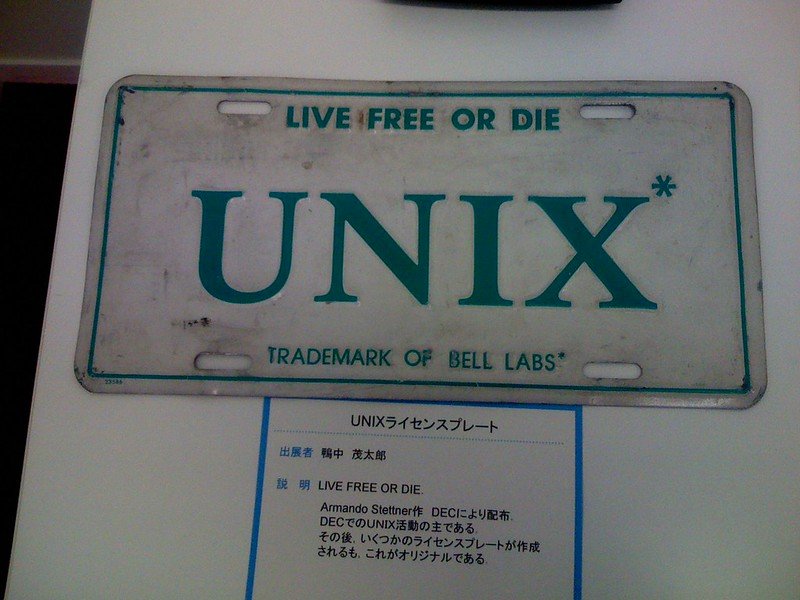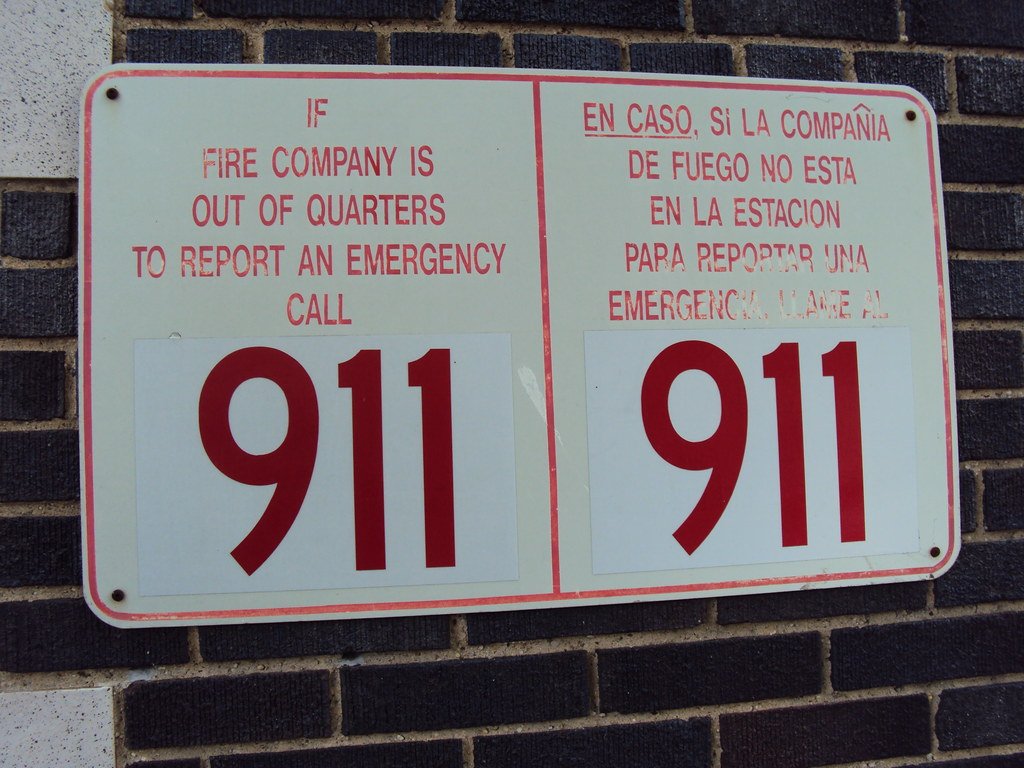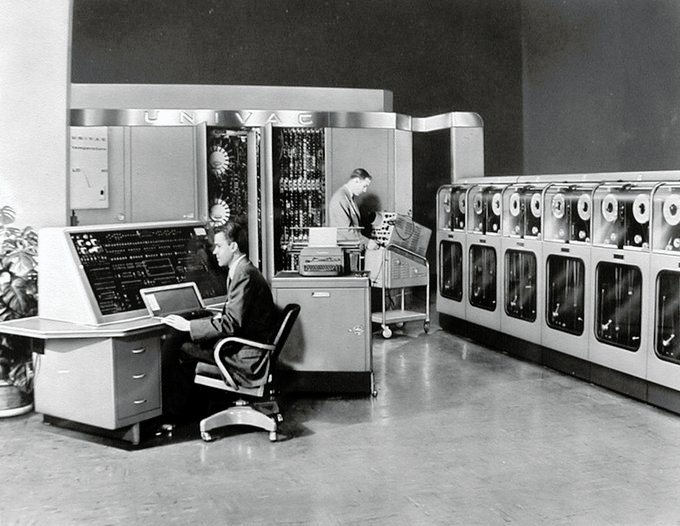In today’s fast-paced world, the 911 emergency number stands as a beacon of hope and rapid response in times of crisis. Delving into its origins and evolution reveals a fascinating journey that intertwines with technological advancements, societal needs, and the tireless efforts of those committed to public safety.
Table of Contents
What is the history of the 911 number?
The 911 emergency number originated in response to the 1968 murder of Kitty Genovese, revealing flaws in existing emergency response. AT&T played a pivotal role in its development, and the number ‘911’ was chosen for its simplicity and memorability. The first 911 call was made in 1968, marking the system’s inception. Nationwide implementation followed, with legislative support solidifying its status. Technological advancements introduced E911 (Enhanced 911), enabling location tracking. Continued innovations include text-to-911 and the ongoing transition to NG911 (Next-Generation 911). The global impact is evident in widespread adoption, making 911 an indispensable lifeline in times of crisis.

Why was 911 chosen as an emergency number?
The number 911 was chosen as the emergency number for its simplicity, ease of recall, and uniqueness. In the 1960s, AT&T recommended three-digit numbers for an emergency line, and after considering various options, 911 stood out as an easily memorable sequence. Moreover, the combination of the digit 9 with two identical digits was rare, reducing the likelihood of accidental calls. This straightforward choice, combined with its immediate recognizability, played a crucial role in making 911 the universal emergency number, facilitating swift responses to crises and ensuring public safety across the United States.
Who was the first person to call 911?
The first person to make a 911 call was Alabama Senator Rankin Fite on February 16, 1968. The historic call marked the official inauguration of the 911 emergency number in the United States. Fite dialed 911 as a part of the inaugural ceremony in Haleyville, Alabama, establishing the efficiency and simplicity of the new emergency system. This groundbreaking moment paved the way for a standardized and easily accessible emergency response system, revolutionizing public safety protocols nationwide.
The Birth of an Idea
The concept of a universal emergency number traces back to the 1960s when the need for a standardized system became evident. The tragic events of Kitty Genovese’s murder highlighted the inefficiencies in existing emergency response protocols, prompting a nationwide call for change.
The Catalyst: Kitty Genovese’s Tragedy
The genesis of the idea for a universal emergency number can be traced back to the tragic events surrounding the murder of Kitty Genovese in 1964. Kitty Genovese was attacked and killed outside her apartment in Queens, New York, while bystanders reportedly witnessed the incident but failed to intervene or notify the police promptly. The case gained widespread attention and became emblematic of the challenges and inefficiencies in existing emergency response protocols.

The incident raised questions about the effectiveness of the emergency communication systems in place at the time. Reports suggested that some witnesses were hesitant to get involved or assumed that others would take action, resulting in a delayed response from law enforcement. This heartbreaking event served as a catalyst, shedding light on the need for a more streamlined and standardized approach to reporting emergencies.
Early Attempts and Challenges
In the wake of Kitty Genovese’s tragedy, various localities in the United States began exploring ways to improve emergency response systems. Early attempts included establishing dedicated phone lines for reporting emergencies, but these efforts faced significant challenges. Different regions had their disparate emergency numbers and protocols, leading to confusion and delays during critical situations.
The lack of a uniform and easily recognizable system nationwide highlighted the need for a standardized approach. Additionally, the existing telecommunications infrastructure posed obstacles, as there was no cohesive system for handling emergency calls efficiently.
Despite these challenges, the awareness of the necessity for a universal emergency number continued to grow. The early attempts and obstacles encountered during this period contributed to the momentum for change, setting the stage for the development of a more coordinated and effective emergency response system. This marked the initial steps towards the establishment of a universal emergency number that would eventually become an integral part of emergency services globally.
The Genesis of 911
AT&T’s Role
The genesis of 911 as a universal emergency number is closely tied to the efforts of AT&T (American Telephone and Telegraph Company), the telecommunications giant. Recognizing the need for a standardized emergency number, AT&T played a pivotal role in advocating for and implementing the 911 system.
In the late 1960s, AT&T engineer Robert Gallagher proposed the idea of a three-digit emergency number that would be easy to remember and could be quickly dialed on a telephone. AT&T actively supported this proposal and collaborated with the Federal Communications Commission (FCC) and other stakeholders to make the concept a reality.

AT&T’s involvement included conducting extensive research and pilot programs to test the feasibility and effectiveness of a universal emergency number. The company worked towards developing a system that could seamlessly connect callers to emergency services anywhere in the United States, regardless of their location or the local emergency number previously in use.
First 911 Call
The first 911 call in the United States was made in Haleyville, Alabama, on February 16, 1968. The implementation of the 911 system began as a limited trial, and Haleyville was chosen for the inaugural call. The call was made by Alabama State Senator Rankin Fite, who officially inaugurated the 911 system by dialing the three-digit number and reporting a simulated emergency.
This historic moment marked the successful implementation of the 911 system as a universal emergency number. The effectiveness of the system in quickly connecting callers to emergency services contributed to its widespread adoption and eventual standardization across the United States.
The combination of AT&T’s advocacy, collaboration with regulatory bodies, and successful pilot programs led to the establishment of 911 as the universal emergency number, revolutionizing the way people seek help in times of crisis. The implementation of 911 marked a significant milestone in emergency services, providing a simple, easy-to-remember number that many countries around the world have since adopted.
Nationwide Implementation
Pilot Programs
Following the successful proposal and development of the 911 emergency number by AT&T, the system underwent extensive pilot programs to test its feasibility and effectiveness. These pilot programs aimed to demonstrate the practicality of a universal emergency number, showcasing how it could streamline emergency response and provide a standardized approach across diverse geographical regions.
The pilot programs allowed authorities to assess the efficiency of the 911 system in different contexts and address any technical or operational challenges that arose. By fine-tuning the system through these trials, stakeholders gained valuable insights into the practical implementation of 911, paving the way for its nationwide adoption.
Legislative Milestones
The nationwide implementation of the 911 emergency system was further solidified through key legislative milestones. As the success of pilot programs became evident, lawmakers recognized the need to codify and standardize the use of 911 as the universal emergency number.
In 1968, the U.S. Congress passed the Wireless Communications and Public Safety Act, which established 911 as the national emergency number. This legislation laid the foundation for the widespread adoption of 911 across the United States. Over the years, subsequent legislative actions and updates further refined and expanded the scope of 911 services, ensuring a comprehensive and consistent emergency response system.
These legislative milestones not only formalized the role of 911 but also provided the framework for ongoing improvements and adaptations to emerging technologies. The combination of successful pilot programs and legislative support played a crucial role in the nationwide implementation of the 911 system, making it an integral part of emergency services across the country.
Technological Advancements
Enhanced 911 (E911)
Location Accuracy Improvement

Enhanced 911 (E911) represents a significant technological advancement in emergency services by incorporating location information. Unlike the initial implementation of 911, E911 enables emergency dispatchers to receive accurate location data from the caller’s device automatically. This enhancement is particularly crucial in situations where the caller might be unable to provide their location verbally or accurately, allowing for quicker and more precise emergency response.
Caller Information Enhancement
E911 not only focuses on location accuracy but also provides additional caller information to emergency services. This may include the caller’s name, address, and other pertinent details. The ability to access this information promptly enables emergency responders to assess better and respond to the situation, improving overall efficiency and effectiveness in assisting.
Text-to-911 and Next-Generation 911
Text-to-911 Accessibility
Text-to-911 is a technological advancement that addresses the evolving communication preferences of the public. This feature allows individuals to send text messages to emergency services instead of making a voice call. This is particularly valuable for those with hearing impairments or in situations where speaking may be unsafe or impractical. The introduction of Text-to-911 enhances accessibility and ensures that individuals with diverse communication needs can effectively seek emergency assistance.
Next-Generation 911 (NG911) Integration
Next-Generation 911, NG911 represents the ongoing evolution of emergency communication systems. It involves the integration of advanced technologies, including IP-based networks, multimedia data, and real-time information sharing. NG911 enables the transmission of diverse data types, such as images and videos, from the public to emergency responders. This integration enhances situational awareness and provides emergency services with a more comprehensive understanding of the unfolding events, leading to more informed and timely responses.
Impact on Public Safety
Success Stories
Reduced Response Times
One notable success story resulting from the implementation of the 911 system is the significant reduction in emergency response times. The streamlined and standardized approach facilitated by 911 has led to quicker dispatch of emergency services to those in need. This timely response has proven critical in various situations, such as medical emergencies, accidents, and incidents requiring law enforcement, ultimately saving lives and minimizing the impact of crises.
Enhanced Coordination in Natural Disasters
The 911 system has played a crucial role in improving coordination and response during natural disasters. Success stories abound in cases where 911 has effectively mobilized emergency services, facilitated evacuations, and ensured swift assistance to affected communities. For example, during hurricanes, wildfires, or floods, the centralized and accessible nature of 911 has proven instrumental in managing resources and providing timely aid to those facing life-threatening situations. The success in handling natural disasters highlights the adaptability and resilience of the 911 system in safeguarding public safety.
Challenges and Criticisms
Overuse and Non-Emergency Calls
One significant challenge facing the 911 system is the issue of overuse and the receipt of non-emergency calls. Some individuals may misuse the system by dialing 911 for non-critical situations, such as seeking information or reporting incidents that do not require immediate emergency response. This can strain resources and result in delays for genuine emergencies. Efforts to educate the public on the appropriate use of 911 and the implementation of non-emergency lines aim to address this challenge.
Technological Limitations
The evolution of technology has introduced challenges to the traditional 911 system. In some cases, outdated infrastructure may need help to handle the volume and diversity of communication methods, including text messages, images, and videos. While advancements like Text-to-911 and NG911 (Next-Generation 911) aim to address these issues, the transition can take time and effort. Additionally, rural areas may need help in upgrading their systems, leading to discrepancies in the level of technological capabilities across different regions and impacting the overall effectiveness of emergency response services.
The Global Influence
The success of the 911 emergency system in the United States has had a profound influence on emergency response protocols globally, shaping the way many countries approach and organize their emergency services.
Examining how the success of the 911 system influenced emergency response protocols globally
The success of the 911 system served as a model for countries around the world seeking to enhance their emergency response capabilities. Many nations have adopted similar three-digit emergency numbers to streamline access to critical services. The success stories associated with the implementation of 911, such as reduced response times and improved coordination during crises, have motivated other countries to establish their own centralized emergency response systems.
International adaptations and variations of the emergency number
While the United States uses 911 as its universal emergency number, other countries have adapted and implemented variations of this concept. For instance, in the European Union, the common emergency number is 112. In the United Kingdom, 999 is the widely recognized emergency number. These variations often stem from historical or cultural factors, but the underlying principle of a centralized emergency number for quick access to assistance remains consistent.
The global influence of the 911 system extends beyond the mere adoption of a three-digit emergency number. It has spurred international collaboration and information exchange regarding best practices in emergency response. The success of the 911 model has highlighted the importance of having a standardized and easily accessible emergency number, contributing to a global trend in improving public safety and emergency services worldwide.
As we reflect on the rich history of the 911 emergency number, it becomes clear that this lifeline has evolved far beyond its initial conception. From a simple idea born out of tragedy to a sophisticated and essential part of public safety infrastructure, the history of 911 is a testament to the power of innovation and collaboration. As technology continues to advance, the 911 system remains at the forefront of emergency response, ready to adapt and save lives in an ever-changing world.














